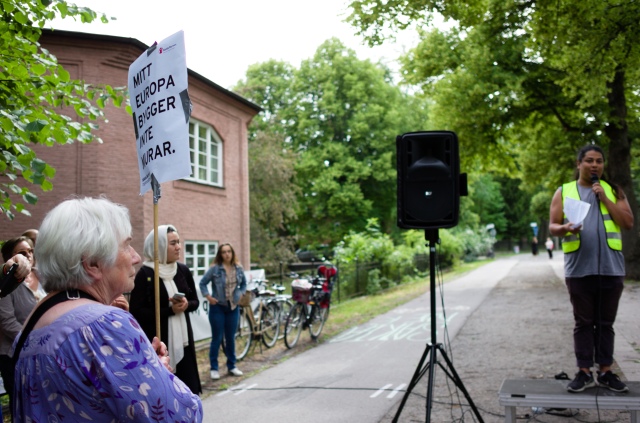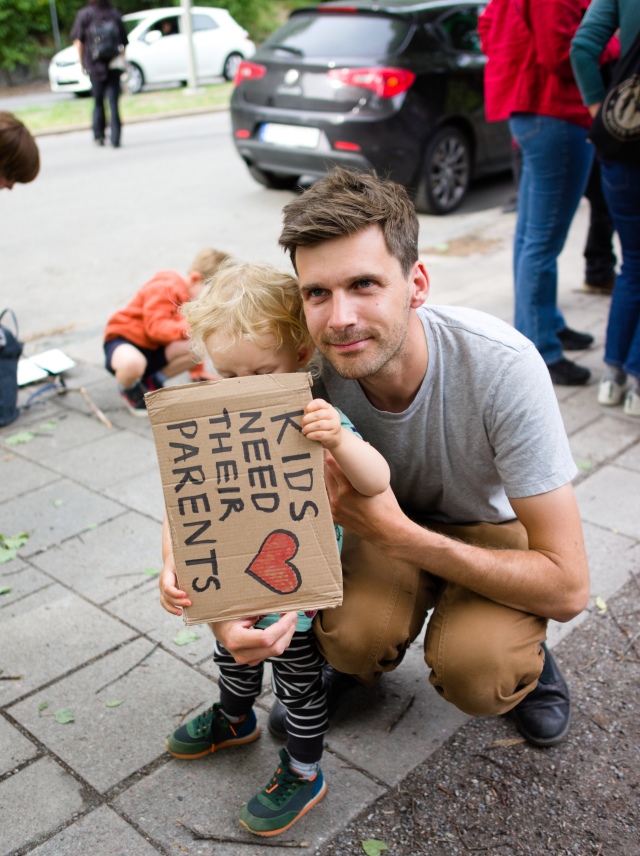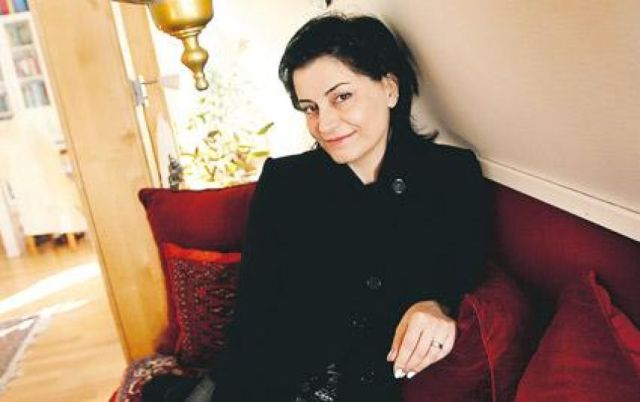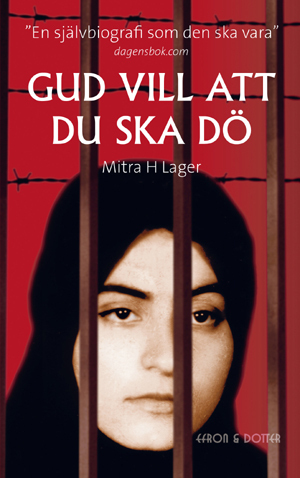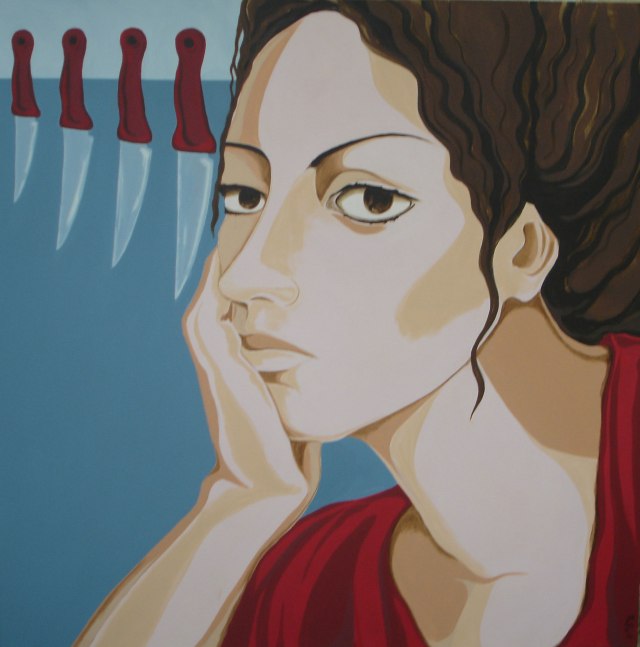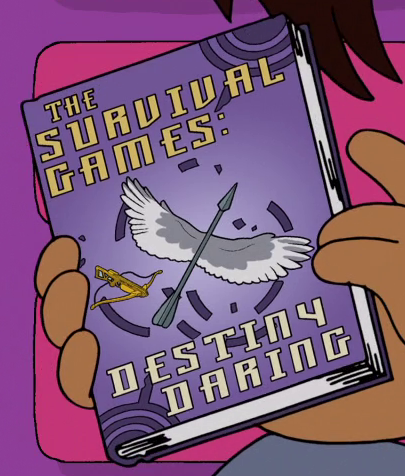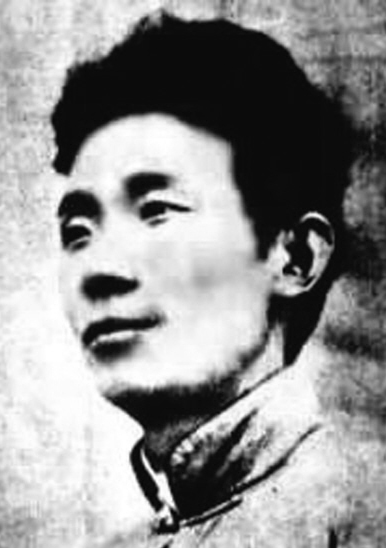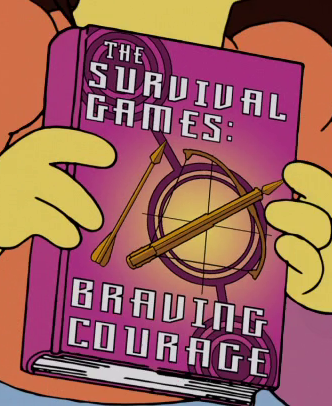(Trigger Warning for discussions of violence against women and torture)
This is the third part in my “Torutre Awareness Moth”-series
Edwidge Danticat is a writer who, according to such bookshops as Strand, is “the number one writer you should be reading right now”. She was born in Haiti in 1969 in Port-au-Prince, the capital of Haiti. While born in Haiti, she moved to Brooklyn, New York City at 12. She started writing at the early age of nine, and published her first novel “Breath Eyes Memory” in 1994. Ms. Dandicats early education was in French, but she spoke Creole at home while today she writes in English. Ms. Danticat has claimed that, having she felt herself othered and alienated in the States, she turned to resolve and distraction of writing for comfort. Nearly all of her works deal with Haiti in various ways; she has written novels for adults, short story collections and even one Young Adult novel.

Ms. Edwidge Danticat
“The Dew Breaker” deals with Haitian modern history by examining the life of one prison guard and torturer. The book is a mixture between a novel and a collection of short stories (novel-in-stories as it´s called), with each chapter being told from divergent perspectives though each are connected to the torturer. The structure of the tale, though radiating from the hub of the torturer, follows ideas, themes and textures in a unbound timeline drifting about over the composition of the tone and text and we find that many of the stories deal with Haitians who have emigrated to the US.* The first chapter, “The Book of the Dead” was first published in 1999 in “The New Yorker” as a short story before becoming a part of “The Dew Breaker” in 2004. It´s a very experimental work of fiction which is written in a picaresque style while detailing a complex past. “The Dew Breaker” as a book is unimaginably brilliant.

The stories start with the torturer´s daughter, Ka. Ka was born in the states, but her parents are Haitian. She admires her father to the point that she makes a statue in his honor. However her father feels that he doesn´t deserve this honor and throws the statue into a river. When Ka expresses hurt over this, her father begins to explain how he feels unworthy of the statue. He then explains that while for years Ka has believed that her father was one of the victims of the former brutal dictatorship in Haiti, he was in reality a torturer and executioner. The scar that he has across his face wasn´t a scar inflicted by a guard, but by a prisoner. He says that he killed the man who inflicted the scar. This news comes as a horrible blow to Ka, who after her whole life trying to connect to her parents switches over to disgust for them and wishes she wouldn´t actually know about their past. She is baffled her mother could love her father. Ka is forced to re-value her whole assumption about her parents, and starts to conclude that in a way her father has always used her and her mother as a way to bury the past. The pathos and melancholy that echoes in the first chapter is the reoccurring murmur throughout “The Dew Breaker”.

“Woman with chicken”, from the series “Anin´t joking” by Carrie Mae Weems, 1987-1988
Not all the chapters are equally good. The chapters “Water Child” (that tells the story of a Haitian nurse working in the US) and “Seven” (which is about a couple uniting after seven years of separation) are not very captivating, and it is confusing to see how they connect with the other stories, but the rest of the book holds its own in the depth of the concern.

The chapter “The Book of Miracles” is from the torturer´s wife´s, Anne’s, point of view, where we are taken back to when Ka didn´t know about her father’s past. From Anne´s point of view the reader learns that in Anne’s mind, her husband is no longer the same person he was when he was a torturer. To her, she has created a miracle where a man who used to hurt others no longer does so. She believes he has change utterly and therefore doesn´t wish for him to be discovered. Danticat illustrates for us in Anne the peculiar distortions of rationalization and paper thin morality of excuses that Anne dwells in. She honestly loves her family, but seems to also naively believe that her love makes it okay to prevent the man who´s committed atrocities from facing justice. When the family goes to church and Ka thinks she sees a man who the Haitian community is looking for due to “committing crimes against humanity” (rape, murder and tortures of millions) Anne grows panicked that her husband will be found as well if this man is found. Even in this midst of our acknowledgement of Anne’s bizarre ethics we cannot help but find sympathy with Anne in the trajectory of her story and of the writing. The Moral High Point of the reader is disengaged in understanding even if Anne’s determination to bury the past seems reprehensible.

“Murder at Sharperville” by Godfrey Rubens, 1960
In “The Night Talkers” a young man named Dany is visiting his elderly aunt, who raised him after his parents were murdered. In this story Danticat illustrates a beautiful bound between the aunt and Dany, who loves her like a mother. Dany´s description of his aunt is filled with warmth, which contradicts the rest of the harshness in this novel. Dany is visiting his aunt to tell her he has found the man who killed his parents and burned down their house. The reader understands quickly that the man he´s talking about is Ka´s father, and this is the first time the reader gets to know about what crimes he has committed. Dany is conflicted in what to do now that he has found the man; he would like to seek revenge and kill his parent’s murderer. However his worry that he might be mistaken prevents him from doing so. At the same time while trying to tell his aunt about his discovery, Dany is asked to keep company for Claude, a young man recently released from prison.

“Untitled”, by Carrie Mae Weems, part of her “Kitchen Table series”, completed in 1990
“The Bridal Seamstress” switches the perspective to one of the torture survivors. Aline, a journalist, goes to interview a Haitian woman who’s made a career out of making wedding dresses. The woman’s name is Beatrice, who Aline remarks, is a bit odd but friendly. Beatrice talks Aline into taking a walk, and while describing her neighborhood, Beatrice mentions that one of her neighbors was a prison guard in Haiti. Aline asked if Beatrice and the prison guard were friends, which Beatrice scuffles at. Later she tells Aline that men like that would abduct people in the night. Beatrice explains that when she was younger, the prison guard (Ka´s Father) asked her to go dancing with him. She said no, and was that night kidnapped by the guard. Beatrice was tied to a rack, and her feet whipped until they bled. The Prison Guard then forced her to walk home on the tar road. Aline asks Beatrice how she can be sure her neighbor is this same guard, to which Beatrice says: “You never look at anyone the way you do someone like this…No one will ever have that much of your attention. No matter how much he´s changed, I would know him anywhere”. Beatrice later on explains that she feels like this man has always followed her after they both moved to the states. Since she works at home and advertised her work in papers and through all her customers, he was according to Beatrice always able to find her.

“Self-portrait exaggerating my negroid features”, Adrien Piper (1981)
“The Bridal Seamstress” is the second best chapter in “The Dew Breaker” after “The Book of the dead”. In Beatrice the reader gets to see a realistic torture survivor: one who has been able to move on, but can never truly forget. She is confident in her job and chatters politely with Aline, but lives in fear of Ka´s father hurting her again. In “The Night Talkers” it´s implied Danys parents were killed because they were mistaken for someone else. With Beatrice Danticat, in her sharp tale, shows us the true façade of the torture victim, as opposed to being about guilt or crime is about the abuse and power, therefore it can be shown as attacking the weak and the other as with a woman who has angered the wrong person. There are an alarming amount of cases where men commit acts of violence against women who reject their sexual advances, and in “The Bridal Seamtress” Danticat depict one where the woman who won´t dance with the prison guard is tortured for it. Beatrice´s story tackles abuse of power and violence against women, and simultaneously also manages to fully capture the emotions of a torture survivor.

“Study for Portrait of Oppression (Homage to Black South Africans)”, by Benny Andrews (1985)
In the chapter “Monkey Tails” Danticat portrays Haiti in the midst of a revolution. The revolution is brutal and harsh, and where once the former torturers who had the upper hand are now sought and painfully killed. The tale is set in the year 1986 and the turmoil of the time sends many fleeing the country. The Story follows the sights of one small boy as he recounts and witnesses the bloody revolution and while also telling of his struggles living with a single mother during the times. In the chapter “The Funeral Singer” the reader gets to know a woman whose father was first tortured by having all his teeth removed and later disappeared. While learning English in the states, she dreams of going and fighting in a revolution. These two stories show two sides of the revolution; the ideal and the brutal reality. They fit together as stories perfectly.

Lynette Yiadom-Boakye, From Here Until Never, 2011
The final chapter, which shares the book’s title, is told mainly from Ka´s father’s point of view, where we see him as the brutal guard who ends up meeting Anne and falling in love. It is in this final chapter we see that Anne´s actions and views were much romanticized in previous chapters. This prison guard, who later becomes Ka´s father, is ruthless and unreflective. It is in this chapter where the reader is confronted with the fact that while portrayed sympathetically in the first story, it has become clear from all the other chapters that Ka´s father wasn´t a likeable person in anyway. What the man has done will always linger in many people’s lives, and there is no happy ending for his situation. The love story of Ka´s parents is also deconstructed when the reader learns who exactly gave Ka´s father his scar. The novel ends with a sense of enduring melancholia, a brokenness that is unspeakable. “The Dew Breaker” is a meander through space and time, through sentence and story, and one which remains at the last, gritty and truthful.

“There Must Be a Heaven” Benny Andrews 1966
* Other writers who have done similar works are the Nobel Prize winning Alice Munro (who did this in “The Beggar maid” where all stories are focused on a woman named Rose) and the successful debut writer Ayana Mathis (whose novel “The Twelve tribes of Hattie” were told from different perspective in one family).
